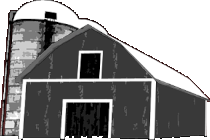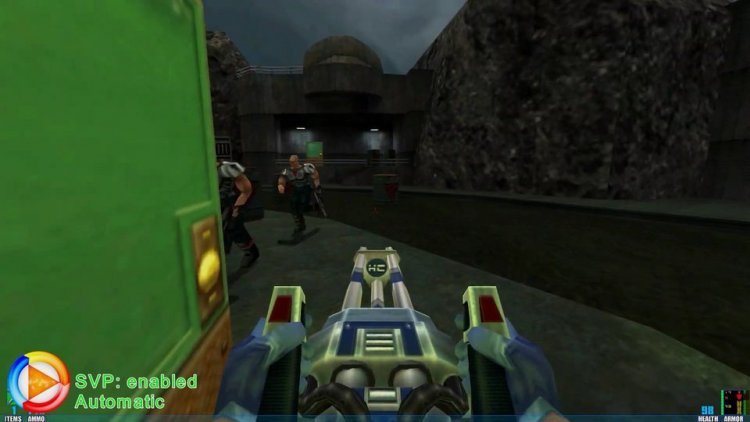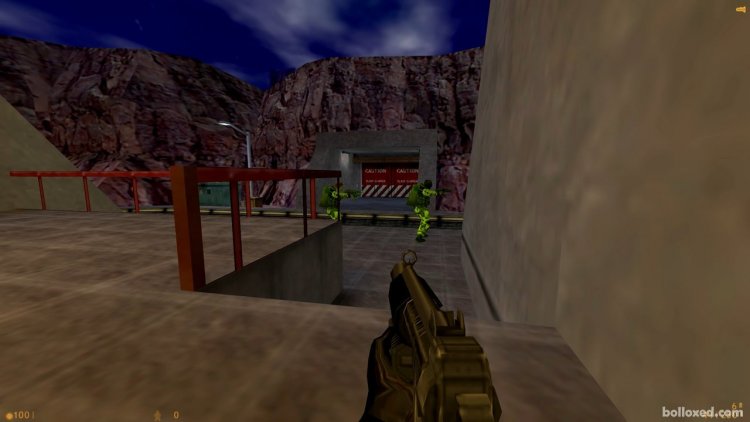Awesome episode Ross, enjoyed it thoroughly.
I have a love-hate relationship with games that punish you with harder sections if you don't find the secret ways of making them easier. It gives you a legitimate feeling challenge that your friends will also get stuck on, but it's also easily spoiled by one person sharing the secret (or a walkthrough).
Hazardous Course 2 (hl1 mod) had a whole bunch of these, I had no idea that it was even a theme until I watched someone else's walkthrough. I glitched and spammed my way through most of these sections legitimately and in my defence I consider it a life achievementTM (along with the lava-surfing section from Conker, brrr).
I definitely got HL1 vibes at 58:19 :
That's the outdoor area where you hear grunts talking about freeman and where a sniper starts shooting you if you grab a medkit off a padmount transformer. Is this area from the base game or the expansion (ie after Hl1's release)?
Your graphics drivers check the executable name to work out what list of hacks to apply to the game. This is a big tradition, both for fixing stuff in current games (AAA releases tend to have big graphics driver updates released afterwards) and stuff for older more popular games (so they don't break with modern drivers). I think I even recall Mesa (a common Linux graphics driver stack) has such things. A lot of graphics devs hate game devs, rumours like this are all over the place:
QuoteThe problem here is that the games being manually optimized by the graphics card vendors can have pretty horrendous code. To the point that I remember reading a post at some point about a large game not even calling glEnd after a glBegin. So these big companies get the graphics card companies to manually go through and hack together some specialized code (including the shader code that will replace the shader code written by the big game company) to fix up how the game works, and optimize it so it works well.
The low fade distance for the vegetation probably didn't have to do with polygon counts, but more to do with the fact they're transparent. Transparent objects require more passes to render and (worst of all) proper sorting before you render them, because they depend on what was rendered behind them (unlike opaque stuff). Sorting is expensive if you don't have a clever system. The doom, build & quake engines have massively effective ways of handling terrain (brush) sorting, but I'm not sure about transparent object poly sorting in quake2, it might have been a super-slowdown case where even having three plants onscreen brings on the tremors.
White edges around characters with some versions of AA: could be bleed from an atlassed charset maybe? Normally you stretch the texture UVs ever so slightly larger than the mesh quads to get rid of this problem, but that must somehow be getting ruined by the AA method. Some graphics drivers used to auto-stretch/twiddle UVs in weird ways sometimes too; I recall stories about some game engines having to detect this (to-counteract it) and other ATI vs Nvidia emulating or not each other's behaviour? I'm not sure.





